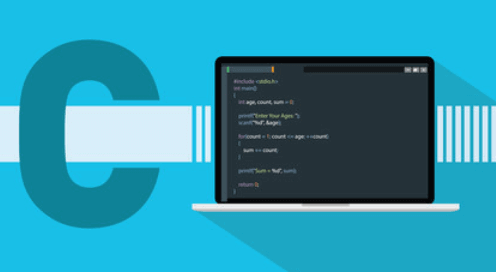Question
a.
Fourier series
b.
Fourier transform
c.
fast Fourier series
d.
digital image
Posted under Digital Image Processing (DIP)
Engage with the Community - Add Your Comment
Confused About the Answer? Ask for Details Here.
Know the Explanation? Add it Here.
Q. Continuous functions are sampled to form a
Similar Questions
Discover Related MCQs
Q. The common example of 2D interpolation is image
View solution
Q. 2D Fourier transform and its inverse are infinitely
View solution
Q. Aliasing as block like image components is called
View solution
Q. Shrinking of image can be done using
View solution
Q. Sum of many infinitely many periodic impulses is called
View solution
Q. To reduce the effect of aliasing high frequencies are
View solution
Q. If Æ(x,y) is imaginary, then its Fourier transform is
View solution
Q. The band limited function can be recovered from its samples if the acquired samples are at rate twice the highest frequency, this theorem is called
View solution
Q. The product of two even or two odd functions is
View solution
Q. Unit impulse at every point other than 0 is
View solution
Q. The sum of cosines and sines coefficient multiplied is
View solution
Q. Odd functions are said to be
View solution
Q. A continuous band limited function can be recovered with no error if sampled intervals are less than 1/2umax is the statement of
View solution
Q. The impulse S(t,v) is function having
View solution
Q. Any function whose Fourier transform is zero for frequencies outside the finite interval is called
View solution
Q. Fourier transform's domain is
View solution
Q. Giving one period of the periodic convolution is called
View solution
Q. The continuous variables in 2D transform pair are interpreted as
View solution
Q. News papers are printed using
View solution
Q. J (iota) in complex numbers is of value
View solution
Suggested Topics
Are you eager to expand your knowledge beyond Digital Image Processing (DIP)? We've curated a selection of related categories that you might find intriguing.
Click on the categories below to discover a wealth of MCQs and enrich your understanding of Computer Science. Happy exploring!

.png)






